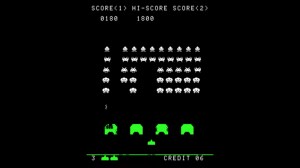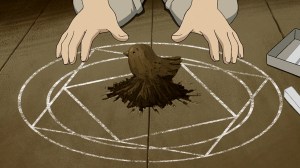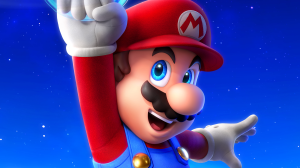The history of video games is one that, despite its relatively young lifespan, is filled with innovation and invention. Even from the very beginning of electronic games there have been individuals looking for ways to do it better, finding ways to make games more fun, accessible, and interesting. Common trivia would say that Pong is the first video game, or Spacewar!, and while there’s an argument for Spacewar!, technically, the honorable title of first video game ever goes to Tennis for Two.
Videos by ComicBook.com
Tennis for Two is the First Video Game Ever
Anyone who knows anything about the first games ever made won’t be surprised to hear that Tennis for Two is a supremely simple game. It was invented by American physicist William Higinbotham in 1958, who used an analog computer at the Brookhaven National Laboratory (BNL) could simulate object trajectories while taking wind resistance into account. Using the computer, an oscilloscope display, and two custom-made controllers, Higinbotham created a tennis-like game that plays similarly to Pong.
Gameplay from a reproduction of the game created by the BNL for the game’s 50th anniversary can be seen from The Dot Eaters YouTube channel above. The oscilloscope shows a tennis court as viewed from the side with a single ball. Two players used a controller composed of a dial and a single button to rally the ball back and forth in a simple mimicry of tennis. The dial controls the angle of the shot, allowing players to adjust the ball upwards and downwards, while the button is used to hit the ball.
The game was created specifically for a public exhibition by the BNL, which largely consisted of static displays. Higinbotham, looking for a way to liven up the exhibition and entertain its guests, discovered that the lab’s Doner Model 30 analog computer was able to simulate a bouncing ball with wind resistance, using this capability as the foundation for his game. Over the next three weeks, Higinbotham designed and, along with technician Robert V. Dvorak, assembled the machine and created Tennis for Two, establishing the first video game as the world would come to understand them.
Many would argue that other games, like Pong and NIMROD’s checkers program, are technically the first video games, but Tennis for Two meets requirements that other games do not. Primarily, Tennis for Two was built entirely for entertainment. Other games created around the same time tended to be created to display a computer’s processing capabilities in a time when computers were still relatively new, and others were still created for training purposes. The American Air Force’s training simulations could technically be called video games, but while they were created to train and equip military personnel, Tennis for Two was created solely to allow people to have fun engaging with it.
Tennis for Two’s Legacy in Gaming History
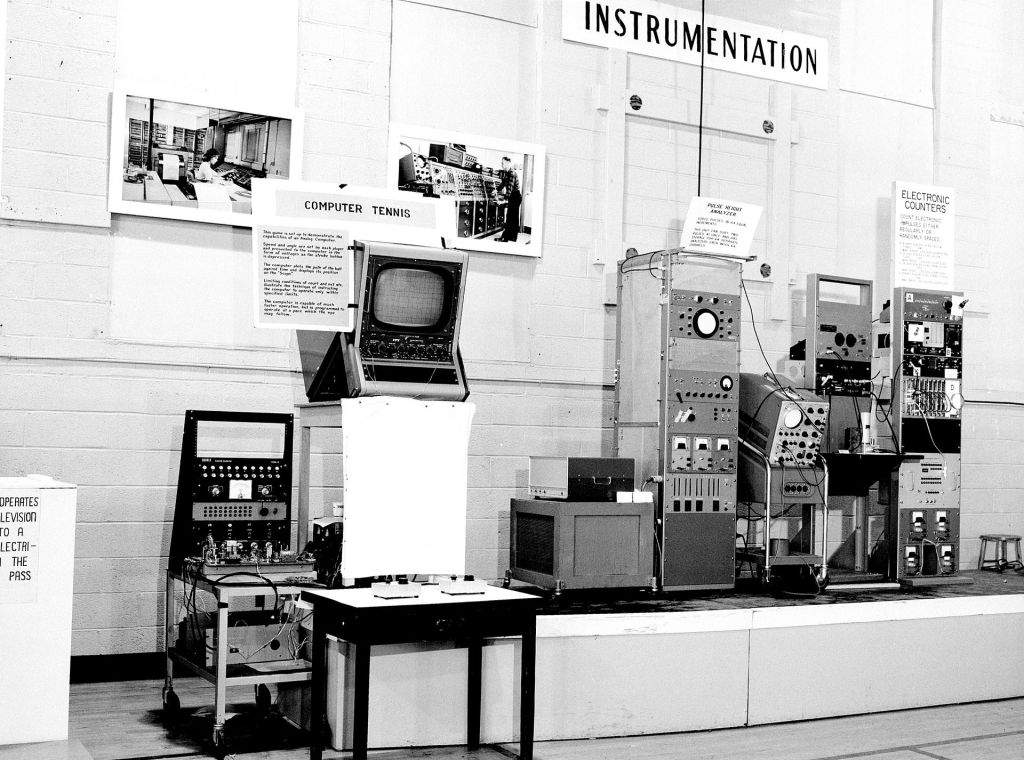
Tennis for Two was first displayed to the public on October 18, 1958, and was very popular with the visitors of the BNL exhibition. However, the game was only kept intact for around a year, being dismantled in 1959 so that its component parts could be used elsewhere in the laboratory. After it was dismantled, it was largely forgotten until its invention became relevant in a court case in the late 1970s.
In the 70s, American electronics brand Magnavox sued multiple arcade companies for patent violation, and Higinbotham was called to testify in the case. The arcade companies’ lawyers contended that Tennis for Two was an example of previously-created technology that invalidated Ralph H. Baer’s (a Magnavox engineer and technician) gaming display patents. Their attempt was unsuccessful, but did lead to Tennis for Two being very well documented, as Higinbotham was called to testify multiple times over the course of the multi-year trial.
Outside of its prominence in the lawsuit, Table for Two was generally forgotten to history. It didn’t have a gigantic impact on the production of games as a whole, and Higinbotham himself preferred to be known for his work on nuclear non-proliferation after World War II, but that didn’t stop publications like Creative Computing and Video Replay from running pieces on the game in the early 80s. The game’s lack of notoriety is one of the reasons it’s lost in the mix in the conversation around early games.
Other Early Video Games (& Why Pong is Often Considered the First)
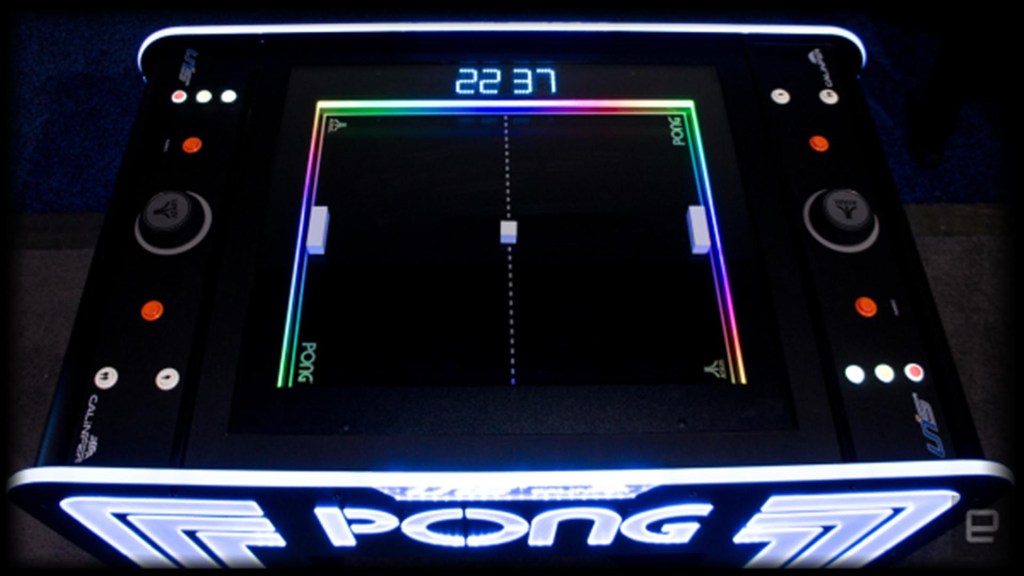
Early video games are a bit of a historical struggle, as many of the “games” and programs developed alongside the development of analog and digital computers and thus were sealed to university, corporate, and governmental laboratories and difficult to discover, much less play or publish. This is one of the reasons Pong is often cited as the first video game, despite Tennis for Two coming out over a decade prior.
Other early games of note include games like Computer Space (a more widely-distributed derivative of Spacewar!), The Oregon Trail, Pong, Space Race, and Gotcha. The other major reason that Pong is often named the first real video game is that it’s predecessor was one of twelve games published on the Magnavox Odyssey, the first ever in-home video game console. The Odyssey became associated with “first” in the minds of the public, and when Pong was released by Atari a few months later, the two very similar games were easy to mix up. Now, Tennis for Two is overshadowed by its more commercial ancestor, doomed to lose its earned title as the first video game ever.

